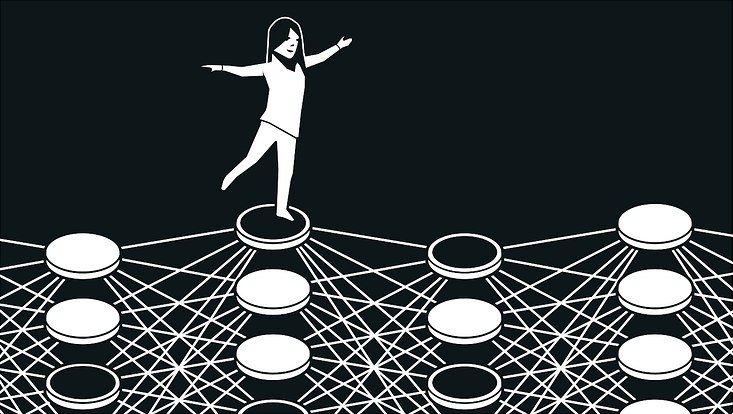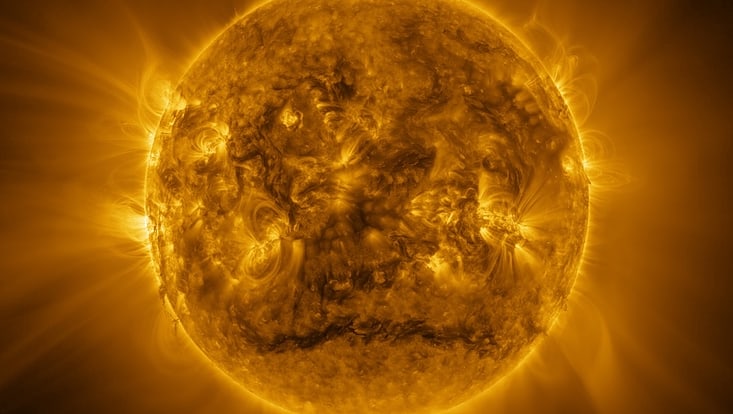Pioneering research on neural networksHow the 2024 Nobel Prize in Physics is linked to Quantum Universe research
9 October 2024

Photo: Johan Jarnestad/The Royal Swedish Academy of Sciences
The 2024 Nobel Prize in Physics has been awarded to John J. Hopfield (Princeton University, USA) and Geoffrey E. Hinton (University of Toronto, Canada) for groundbreaking research that led to the invention of so-called artificial neural networks. Gregor Kasieczka, professor for Machine Learning in Particle Physics at the University of Hamburg, explains how today’s research at the cluster of excellence Quantum Universe relies on the pioneering work of this year’s Nobel laureates in Physics.
“Neural networks are the technology that is actually used everywhere artificial intelligence is developed, for example in chatbots, self-driving cars, AI-generated images or even automated art and music. The pioneering work of Hinton and Hopfield was the preliminary work that made all of this possible in the first place”, says Gregor Kasiezcka, Professor for Machine Learning in Particle Physics at the University of Hamburg and principal investigator at the Cluster of Excellence Quantum Universe.
The development of machine learning has exploded over the past fifteen to twenty years and utilizes a structure called artificial neural network. Nowadays, when we talk about artificial intelligence, this is often the type of technology we mean. Little is known the fact that this type of technology has long been important for research, including the use of machine learning in the sorting and analysis of vast amounts of data.
“Machine learning methods are for example used in the analysis of data produced by the large particle detectors at CERN. They help us with the search of new particles, as machine learning based data evaluation turns out to be much quicker and reduces computing efforts, and thus also saves energy.”, explains Kasieczka. Machine Learning played a crucial role in the discovery of the Higgs boson in 2012. In a similar way, Astrophysics benefits from Machine Learning in processing data from telescopes. The technology is also applied to reduce noise in the measurements of the gravitational waves from colliding black holes.
Scientists at the cluster of excellence Quantum Universe use generative models, such as the physics-inspired diffusion architecture, to build resource efficient surrogate models and speed-up the simulation of extremely large datasets required for particle physics data analysis. Another field of application at the excellence cluster is translating and optimising artificial intelligence algorithms to operate on dedicated hardware that reduces the data rate by five orders of magnitude by filtering out interesting events for storage in microseconds.
Not only did the invention of the neural networks by this year’s Nobel laureates emerge from physics almost half a century ago, but fundamental physics research also today largely benefits from applying the technology.
Media coverage
In an interview with the German news program Tagesschau, Gregor Kasieczka provides insights as to which extent the research and the invention of John J. Hopkins and Geoffrey E. Hinton pioneered the development of Artificial Intelligence and led to its application in modern physics.

